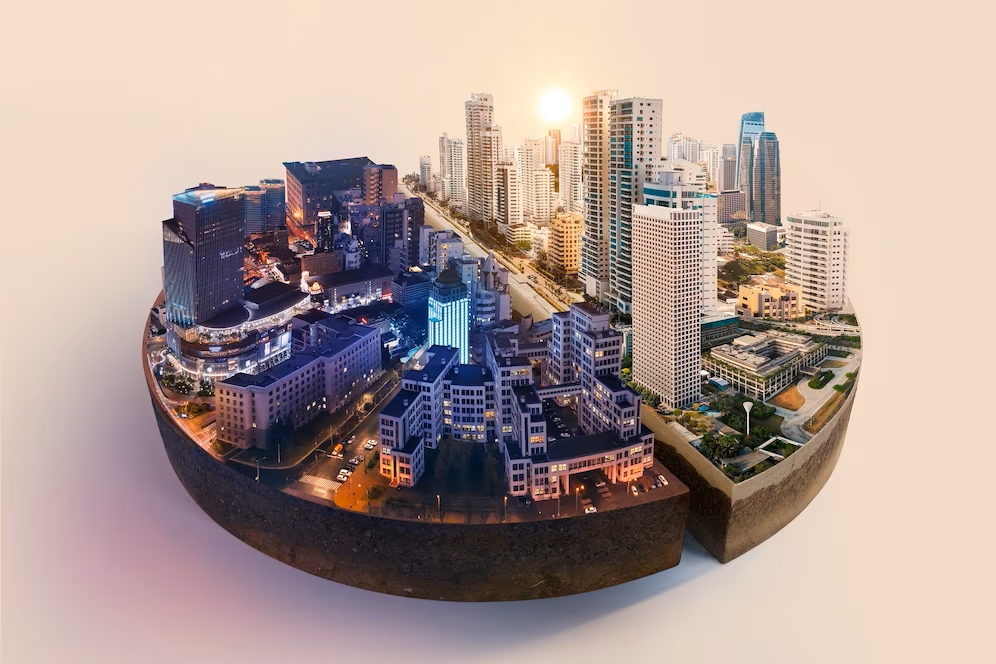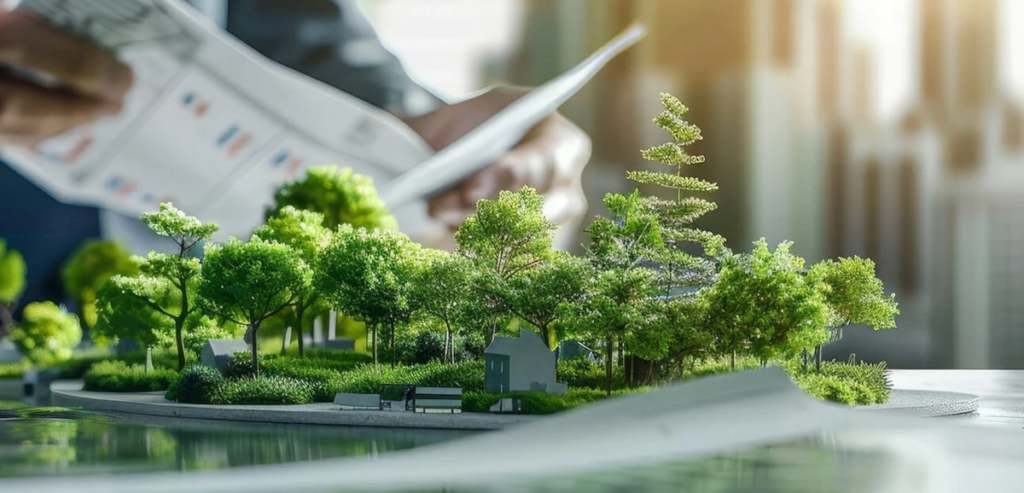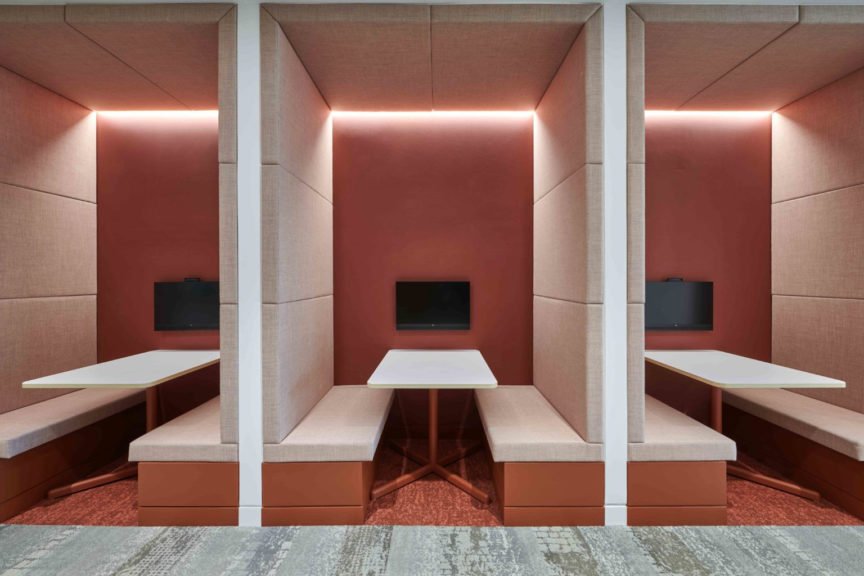The world is experiencing a fresh renewed surge in migrations towards urban areas. This is not new, as global migration has been happening for decades. Urban areas promise enhanced healthcare, education, elevated living standards, and an improved quality of life. They are pivotal in propelling a country’s economy, contributing to 80 percent of the world’s GDP. Despite their numerous benefits, cities grapple with challenges like surging housing demands, employment needs, and strain on resources such as water and electricity. The densely populated urban spaces generate ample waste, pollution, and traffic and escalate energy and water consumption. Waste management remains an expensive and unregulated affair. Urban areas are highly susceptible to climate change and face escalating temperatures, potentially leading to health issues for residents. These environmental, social, and economic challenges highlight the need for innovative city management solutions.
Embracing the concept of smart cities emerges as a logical approach to urban sustainability in the 21st century. A smart city is characterised by its use of modern technology and design to render the connections and frameworks of diverse urban systems transparent, uncomplicated, and adaptable. In such cities, citizens are not merely involved and knowledgeable about the interplay between their actions, local communities, and the broader urban environment, they are stakeholders too.
Photo Courtesy, Left-to-Right: White & Case; ESDS
The Smart Cities Market surpassed 511.6 billion USD in 2022 and is projected to grow at a CAGR of 14.9 per cent, aiming to surpass 1024.4 billion USD by 2027. The urgency of climate change necessitates a holistic approach to urban design. Architects are critical players in envisioning and constructing climate-smart cities that prioritise sustainability, resilience, and functionality. The design profession demands an understanding of intricate ecological systems, innovative technologies, and social dynamics to create urban spaces that harmonise with the environment while enhancing the quality of life for inhabitants. Within the UAE, a nation committed to achieving net-zero status by 2050, industry, government and policymakers are actively advancing towards developing smarter and more environmentally friendly cities. Masdar City in Abu Dhabi is an example that aligns with the UAE’s commitment to smarter, greener cities through innovative solutions. Masdar City is a prime illustration of the UAE’s dedication to sustainability and smart urban development. Masdar City was established as a model for sustainable living, incorporating advanced technologies like renewable energy sources, smart grid systems, sustainable transportation, and eco-friendly buildings.
The reaction of various urban systems within a smart city occurs in a straightforward and uncomplicated manner through contemporary technology and design. Advanced technologies have long shaped a new perspective on the roles of architects and urban planners in conceptualising smart cities. Collaboration is the key for developing key urban development systems; it demands architects and urban planners to broaden their expertise across multiple disciplines, fostering an interactive and inventive problem-solving approach. The professional ethos is shifting, ushering in new domains of engagement, presenting both a challenge and a responsibility to attain proficiency in fields and competencies previously outside the profession’s purview.
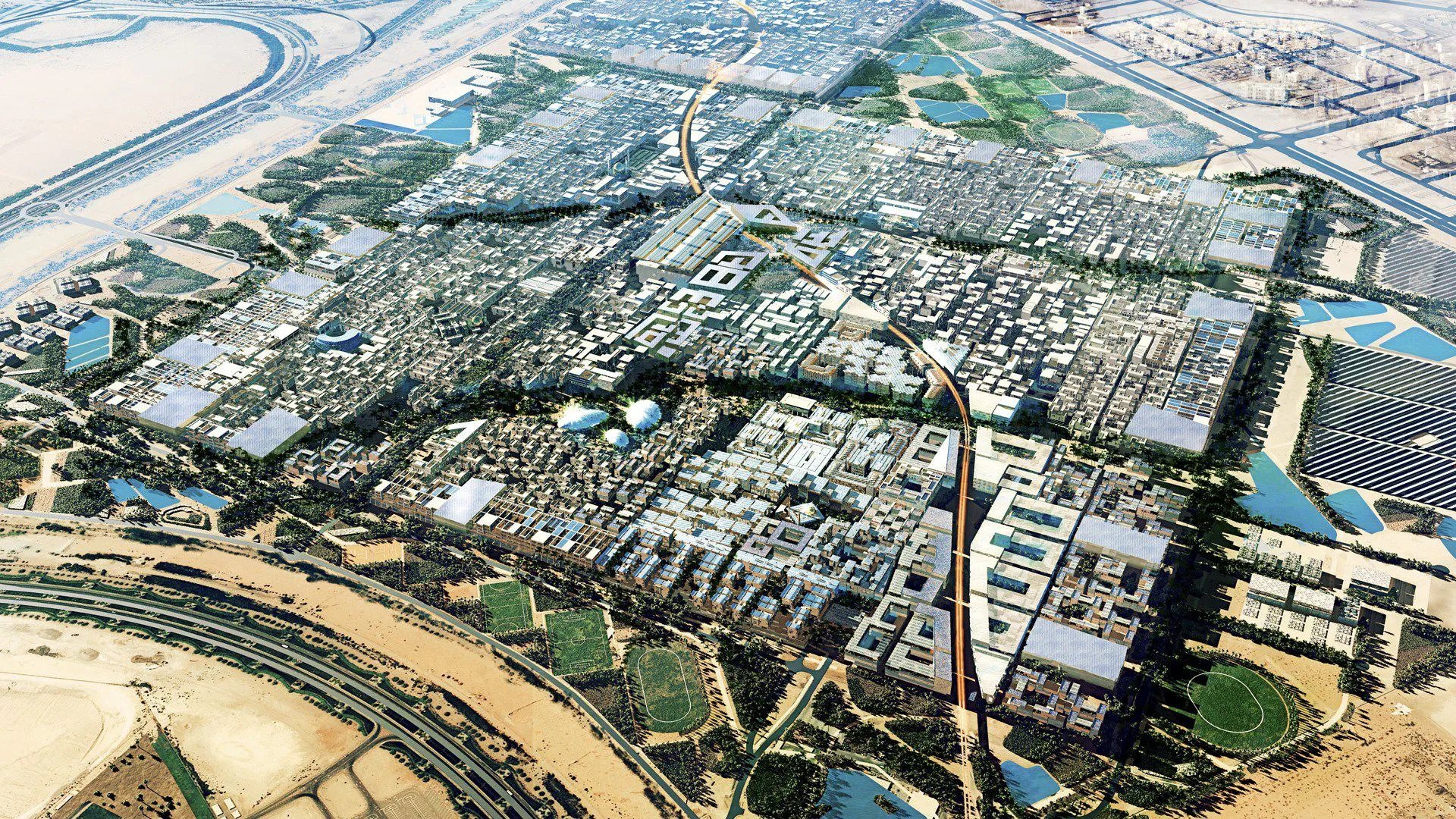
Photo Courtesy, Clockwise from top: Wired; ArchDaily; Woods Bagot; PwC
Designing climate-smart cities requires the adoption of biophilic design principles. This means integrating natural elements into the urban environment through green spaces, vertical gardens, and sustainable landscaping. Not only does this enhance the aesthetic appeal of the city, but it also helps improve air quality, reduce urban heat islands, and promote biodiversity and has a positive impact on the well being of the users. Architects must collaborate with urban planners and environmental experts to integrate green infrastructure seamlessly into the cityscape, fostering a symbiotic relationship between the built environment and nature. Furthermore, sustainable building practices lie at the core of designing climate-resilient cities. By prioritising energy conservation, architects can significantly reduce a city’s carbon footprint while enhancing its resilience to climate-related challenges.
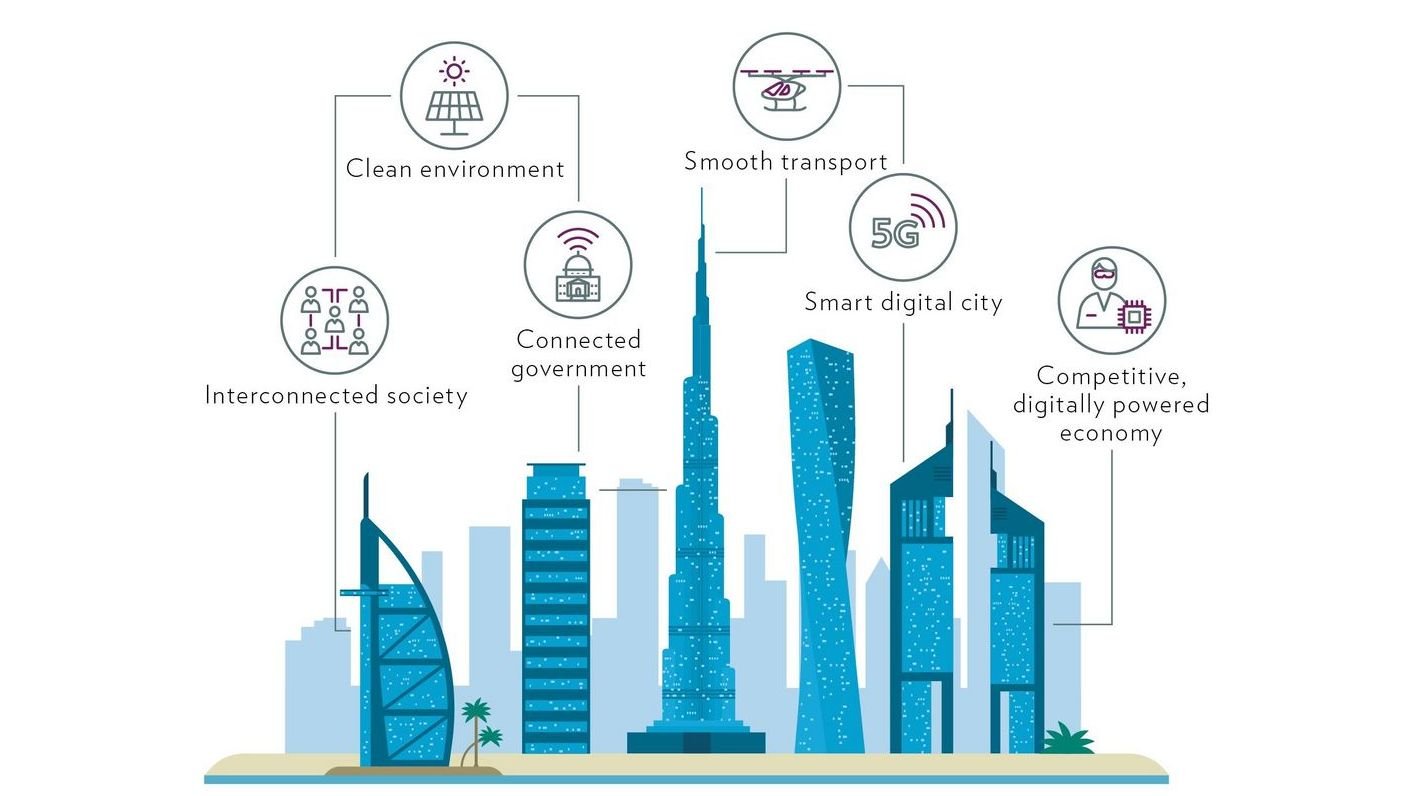
Photo Courtesy, Clockwise from top: Julius Baer
Education also plays a key role in transforming the role of architects in designing climate-smart cities. There is a need to emphasise the significance of incorporating sustainable practices and environmental stewardship into architectural curricula. Empowering future architects with the knowledge and skills necessary to navigate the complexities of designing for sustainability is instrumental in shaping a generation of professionals committed to creating environmentally conscious cities. For instance, aligned with COP28, Heriot-Watt University Dubai allocated two floors of its Dubai Knowledge Park campus as a Climate Hub to foster diverse discussions among global visitors, bolstering collaborations to address pressing global issues. Additionally, the project briefs for the design studios focus on sustainability as a primary project lens. This initiative embodies our dedication to being at the forefront of positive change, translating knowledge into action, and inspiring the next generation of leaders to drive transformative solutions for a more sustainable planet. As a key pillar of the built environment, architects have a great responsibility to design cities that not only withstand the challenges posed by climate change but also thrive in harmony with nature while catering to the diverse needs of their inhabitants. Embracing this responsibility is crucial in steering our urban landscapes toward a sustainable and resilient future.

